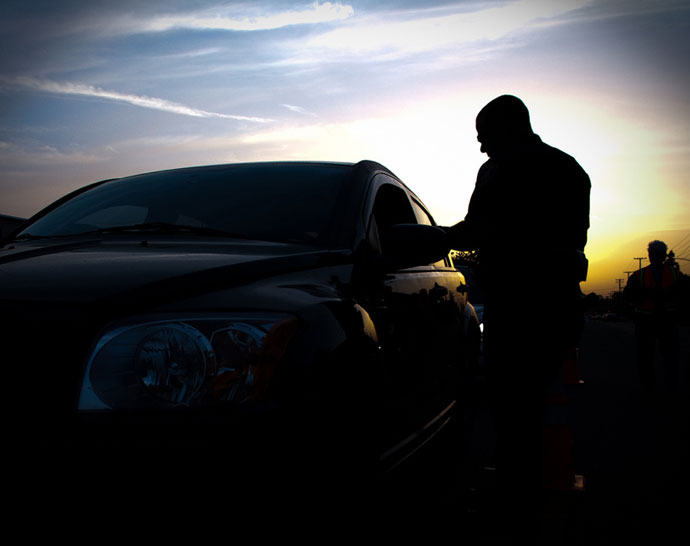Former Canadian Drug Officer Invents Pot Breathalyzer That Just Might Catch You Drug Driving

Image via Flickr/ Greg Matthews
Potheads beware: A new breathalyzer could be hitting the market soon, and it’s specifically targeted to catch those “drugging and driving.” Retired Royal Canadian Mounted Police (RCMP) officer Kal Malhi created the device, called the Cannabix Brathalyzer, which he says is an attempt to address problems police face when trying to bust people who have been lighting up prior to driving.
Currently marijuana testing requires blood, urine or saliva samples, and because it can stay in a person’s system for days after its use, there’s almost no way to tell if a driver was under the influence while driving. The problems involved with marijuana drug testing can mean people feel they’re less likely to be caught doing it before hitting the road—an issue Malhi wanted to address specifically with the new device.
“People are becoming very afraid to drink and drive nowadays because they feel that they will get caught and charged,” Malhi told CTV News.
But they’re not afraid to drug and drive because they don’t feel that law enforcement will do anything about it.”
Malhi worked with Vancouver-based radiologist and nuclear medicine physician Dr. Raj Attariwala to create the marijuana breathalyzer, who says that some of the worst accidents tha come through the hospital are a result of impaired driving. The Cannabix Breathalyzer, he says, is an attempt to prevent some of those tragedies.
“As engineers, we’re always trying to make the world a little bit better,” Attariwala told CTV News.
The device works like a portable blood glucose meter, so the breath sample is collected and tested with immediate results. It is designed to indicate whether the person has had any form of marijuana in the last two hours.
Malhi has patents pending on the marijuana breathalyzer, according to the Delta Optimist, and has commissioned a medical device manufacturer to develop a prototype. He says he hopes to have it ready to hit the market in six months, when it could also be used for workplace drug testing.









































